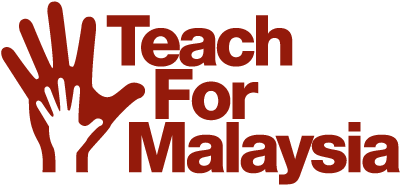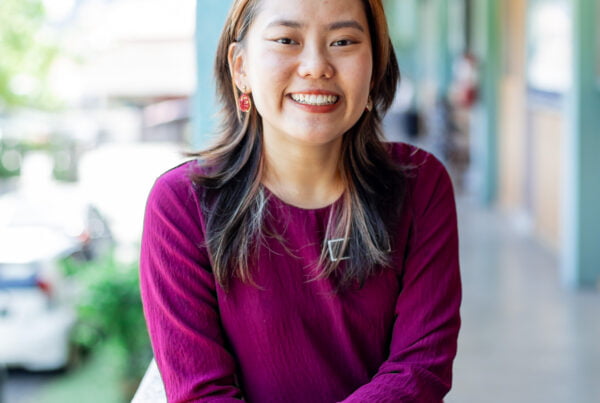What is Guru-App and what are its key features?
Guru-App is an aggregation and distribution platform for supplementary revision materials targeting secondary school students. Students can revise online and offline using our apps which aggregate past year papers, exam practices, videos, slides and notes.
Launched in November 2013, we have more than 15,000 registered users across our web and mobile apps. As of now, we also have 50 apps across Android and iOS with cumulative downloads exceeding 60,000. Additionally, our website has been revamped to improve user experience.
What inspired you to start Guru-App?
I founded Guru-App because I wanted to ensure that as many children as possible will have access to free and good quality education in order to have a ‘level playing field’. Additionally, the fundamental trends of increasing device and broadband penetration have created a window of opportunity to redefine technology-based learning.
What are some of the challenges Guru-App has encountered and what is one thing about Guru-App that you are proudest of?
Here at Guru-App, we’ve learnt that building the product via bootstrapping is hard, but so is building a critical mass of users! We’ve also realized that a lot of experimentation and iteration is required for marketing and tie-ins with different stakeholders across publishers, telcos and end consumers. On the other hand, we are proud to have built very strong positions in the app charts for Google Play within a short period of time.
In your opinion, why is education important and how do you think collaboration can play a part in improving the education landscape in Malaysia?
I think that education is important because it is the key to social mobility and empowerment. For Guru-App, opportunities for collaboration mostly exist between platform providers (telcos and media distributors), consumers (government, students and parents) and content providers, with the goal of building an integrated ecosystem. In line with this, when a collaboration includes open communication, alignment to societal interests, and focused on quality, it has the potential to improve the education landscape in Malaysia. It is also of essence that organisations avoid being siloed in their own world and driven by other factors. Instead, the focus should always be on the students. In my opinion, the first step to a successful collaboration is to really sit down together and brainstorm on ways to create ‘win-win’ actionable plans that focus on scaling impact to students.
What’s your vision for education in Malaysia?
I think that our country needs to focus more on execution and follow through. Results should also be prioritised and the country needs to further gain the trust of the public in its ability to deliver a first-rate education system. Furthermore, our education system has to focus on an international outlook rather than a domestic perspective because of the increase in globalization. The future of this region is tied to its ability to service the Chinese, Indonesian and SEA markets which exceeds 3 billion people. We need to start looking inwards rather than outwards in order to position our kids to compete in this global market.
If you could send a message to the students of Malaysia, especially those from challenging socio-economic backgrounds, what message would it be?
Seize every opportunity during your youth to work hard, take risks and gain life experiences. Additionally, THINK BIG and keep pushing yourself out of your comfort zone. I come from a modest background but was somehow able to see many things in life. With hindsight, I think that it was mostly driven by an interest to see beyond the current status quo.
For more information on Guru-App, visit http://guru-app.com.




